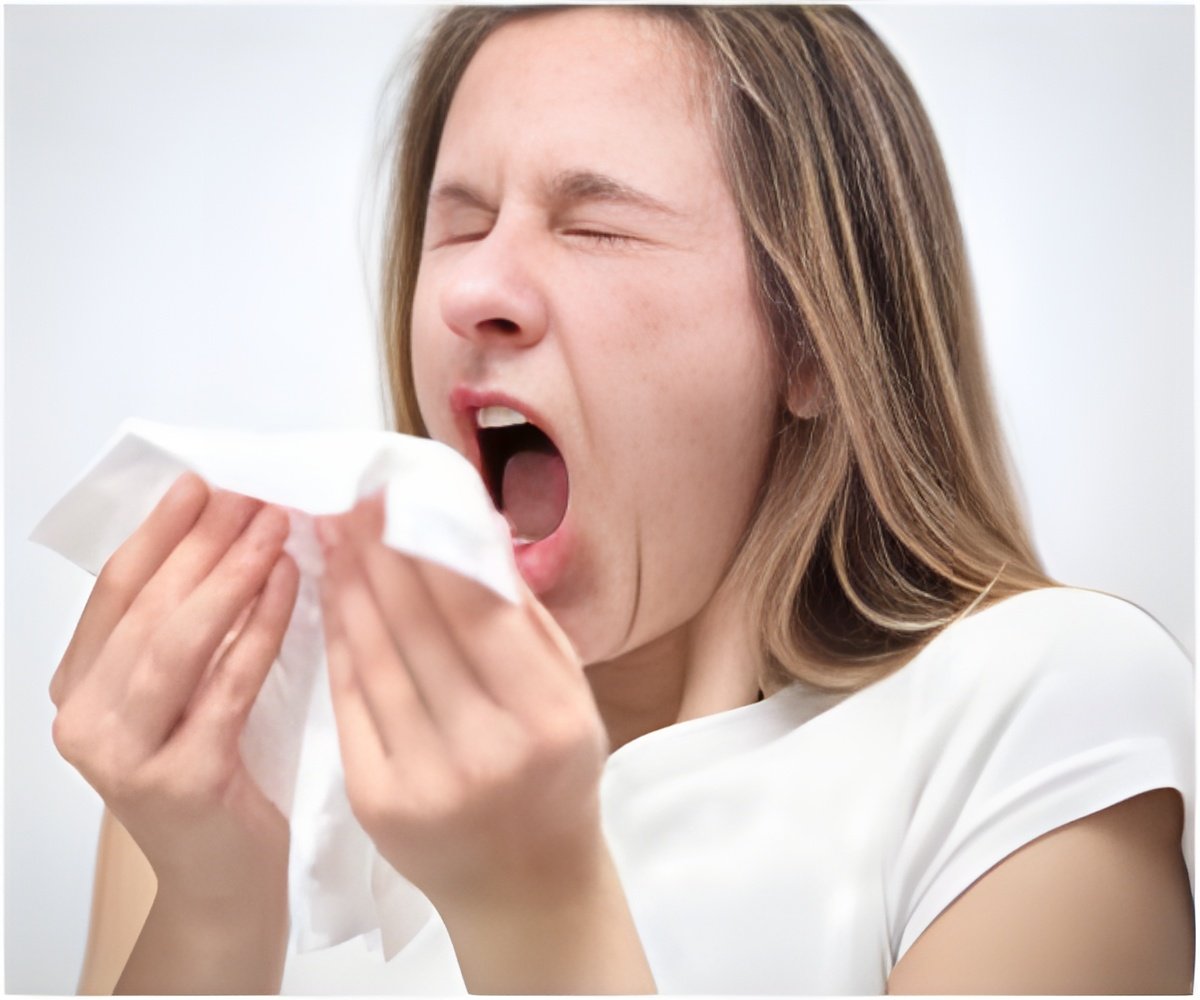Scientists at the University of Cambridge along with Justus-Liebig University have uncovered how the genome of novel coronavirus that causes COVID-19 uses genome origami to infect and replicate successfully inside host cells.

‘Interactions that occur between various sections of SARS-CoV-2 RNA can help monitor various interactions during early SARS-CoV-2 replication.’
Read More..




Because the shape of the RNA molecule is vital to its function, targeting the RNA directly with drugs to disrupt its structure would block the lifecycle and stop the virus replicating.Read More..
In a study published in the journal Molecular Cell, the team discovered the structure of the SARS-CoV-2 genome inside the host cell, revealing a network of RNA-RNA interactions spanning very long sections of the genome.
Various functional parts along the genome need to work in spite of the great distance between them, and the new structural data shows how this is accomplished to enable the coronavirus life cycle and cause disease.
"The RNA genome of coronaviruses is about three times bigger than an average viral RNA genome - it's huge," said lead author Dr Omer Ziv at the University of Cambridge's Wellcome Trust/Cancer Research UK Gurdon Institute.
He added: "Researchers previously proposed that long-distance interactions along coronavirus genomes are critical for their replication and for producing the viral proteins, but until recently we didn't have the right tools to map these interactions in full. Now that we understand this network of connectivity, we can start designing ways to target it effectively with therapeutics."
Advertisement
In half of the cases, an individual RNA shape makes the ribosome jump over the stop sign and produce additional viral proteins. By mapping this RNA structure and the long-range interactions involved, the new research uncovers the strategies by which coronaviruses produce their proteins to manipulate our cells.
Advertisement
Dr Jon Price, a postdoctoral associate at the Gurdon Institute and co-lead of this study, has developed a free, open-access interactive website hosting the entire RNA structure of SARS-CoV-2. This will enable researchers world-wide to use the new data in the development of drugs to target specific regions of the virus's RNA genome.
The genome of most human viruses is made of RNA rather than DNA. Ziv developed methods to investigate such long-range interactions across viral RNA genomes inside the host cells, in work to understand the Zika virus genome. This has proved a valuable methodological basis for understanding SARS-CoV-2.
Source-Medindia








